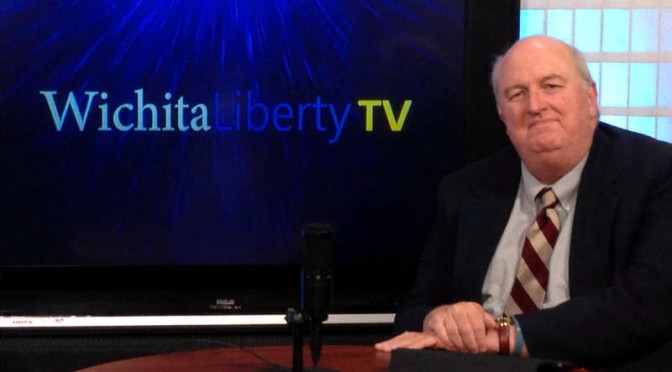A request for correspondence belonging to a Kansas University faculty member is a blatant attempt to squelch academic freedom and free speech.
When conservative groups seek records of correspondence of liberal university professors, the American Association of University Professors defends its withholding based on academic freedom. That is, until the subject of a records request is a Kansas University professor who believes in free markets and receives funding from the Left’s favorite target, Charles and David Koch. Then, the local chapter of AAUP flips its position. It will even contribute money against the ideal of academic freedom.
In 2011 Republicans in Wisconsin requested the correspondence of a professor who was critical of American Legislative Exchange Council, a free market advocacy group. AAUP argued against releasing the records, writing:
We believe that disclosure of Professor Cronon’s e-mail correspondence will inevitably produce a chilling effect not only on Professor Cronon’s academic freedom but also on the academic freedom of his faculty colleagues and of faculty members throughout the University of Wisconsin system, with potentially deleterious effects on the quality of research and teaching. We urge you to do what you can to resist complying with this outrageous request. (source here)
In defense of a professor at the University of Virginia whose correspondence was sought by a conservative group, AAUP also defended academic freedom:
The AAUP and the Union of Concerned Scientists (UCS) filed a joint amicus brief in support of UVA and Professor Mann, urging that “in evaluating disclosure under FOIA, the public’s right to know must be balanced against the significant risk of chilling academic freedom that FOIA requests may pose.” ATI’s request, the brief stated, “strikes at the heart of academic freedom and debate.” … The AAUPUCS brief argued, however, that “in the FOIA context, the public’s right to information is not absolute and courts can and do employ a balancing test to weigh the interest of the public’s right to know against the equally important interests of academic freedom.” (source here)
When a student group requested correspondence of a Kansas University professor, the local chapter of AAUP flipped its stance regarding academic freedom. It even contributed money towards the costs of the records request.
The political motivation of AAUP and the student group that filed the request cannot be overlooked. The primary subject of the request for correspondence is Dr. Arthur P. Hall. He is a lecturer in the KU School of Business and Director of its Center for Applied Economics. He believes in free markets and economic freedom. He won an award for his teaching of MBA students this year. He testifies to the Kansas Legislature against rent-seeking and crony capitalism. Hall and the Center also receive funding from the Fred and Mary Koch Foundation.
It’s the latter that probably stirs up suspicion and opposition. It doesn’t matter that around the world we’ve found that free markets and economic freedom create better living conditions for everyone. It doesn’t matter that disclosure of e-mail correspondence “will inevitably produce a chilling effect” on academic freedom. As long as a political attack on Koch Industries can be advanced, anything is fair game. Principles no longer apply.
A political attack
The request for Hall’s correspondence was made by Schuyler Kraus, who is president of the student group Students for a Sustainable Future. Members of SSF have ties to groups like Greenpeace, the Sierra Club, and PowerShift. SSF advertises that members will have networking opportunities with these groups and “Forecast the Future, Kansas Interfaith Power & Light, etc.” These groups have mounted political attacks on Charles and David Koch for years.
SFF also listed as an advisor Manny Abarca, who is Recycling Operations Coordinator for KU as well as Community Affairs Liaison for Emanuel Cleaver, the Democratic Congressman from Kansas City, Missouri. Prior to that he worked for U.S. Senator Claire McCaskill.


This episode shows that the Left views “academic freedom” much like it does “free speech.” The Left will defend free speech and academic freedom at any cost — as long as they agree with what is being said and taught. The Left can’t tolerate the marketplace of ideas that Charles and David Koch support, even when it’s just one faculty member of a large university school.
That, quite simply, is the reason for the requests made to KU for Hall’s correspondence. By harassing certain faculty and the university, the Left thinks it can shut down speech. While promoting free speech and open scientific and economic inquiry, the Left mounts attacks like this on those who don’t conform to the liberal orthodoxy present at most universities.
In a message to fellow School of Business faculty, Hall explained that he has nothing to hide regarding his correspondence. He expressed concern, however, that political opponents might “cherry-pick language from hundreds of emails to weave a story.” That sword cuts both ways. The university should not acquiesce quietly to this attempt to silence one of its faculty. It should not set a precedent that conservatives might justifiably cite when requesting correspondence of liberal faculty members.


















